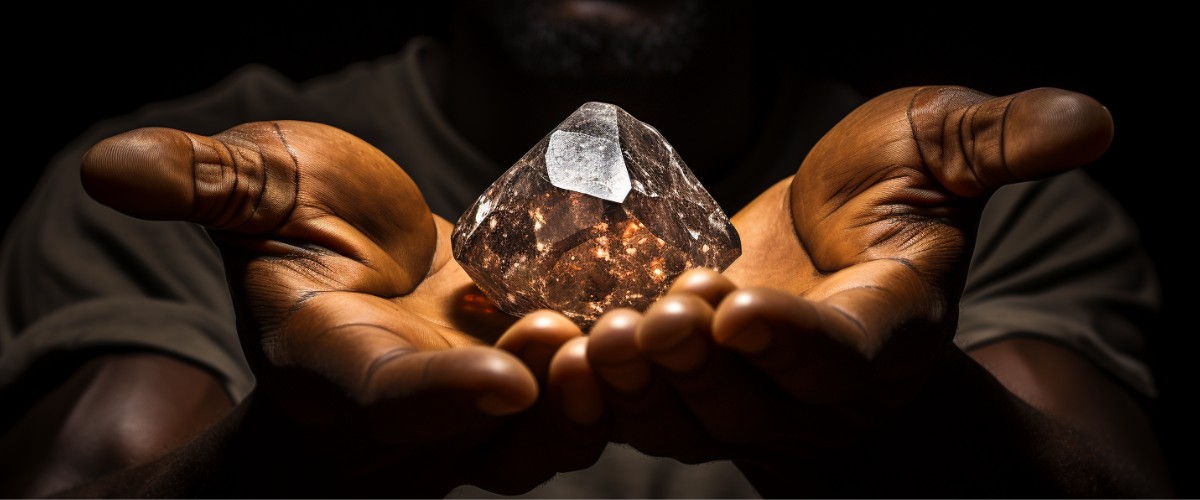Sierra Leone, a small country on the west coast of Africa, boasts beautiful landscapes, diverse wildlife, and a resource both treasured and troubling: diamonds. These precious gems have shaped the country’s history, taking it from the throes of conflict to the promise of a brighter future.
Diamonds were discovered in Sierra Leone in the 1930s, and by the 1990s, the country was producing over a million carats per year. However, the wealth generated by this booming industry did not benefit the majority of Sierra Leoneans. Instead, it played a pivotal role in fuelling a brutal civil war that lasted from 1991 to 2002.
The civil war erupted over long-standing grievances about government corruption, but the country’s diamond wealth exacerbated the conflict. Rebel groups seized diamond mines and used the profits to finance their activities. The diamonds mined in these conditions, known as “blood diamonds” or “conflict diamonds,” were sold on the international market, leading to a global outcry.
The war took a devastating toll, with over 50,000 people killed and countless more displaced. However, the conflict also led to the establishment of the Kimberley Process Certification Scheme in 2003. This international agreement aimed to stem the flow of conflict diamonds, ensuring that each diamond shipment was conflict-free.
The results have been encouraging. Sierra Leone, a Kimberley Process participant, has seen its diamond industry rebound. By 2021, diamond exports from the country were valued at over $150 million, according to the Kimberley Process. More importantly, these diamonds are now helping to fund development rather than fuel conflict.
The industry still faces challenges, including illegal mining and inequality. However, Sierra Leone is striving to ensure that diamonds are a source of hope, not despair. Initiatives such as the Diamond Area Community Development Fund, which reinvests diamond export taxes back into mining communities, are beginning to make a difference.
Sierra Leone’s diamond story is a stark reminder of how natural wealth can be both a blessing and a curse. It’s a tale of how a country’s fortunes can be shaped by a single resource, and how with international cooperation and commitment, it’s possible to turn conflict into hope.








